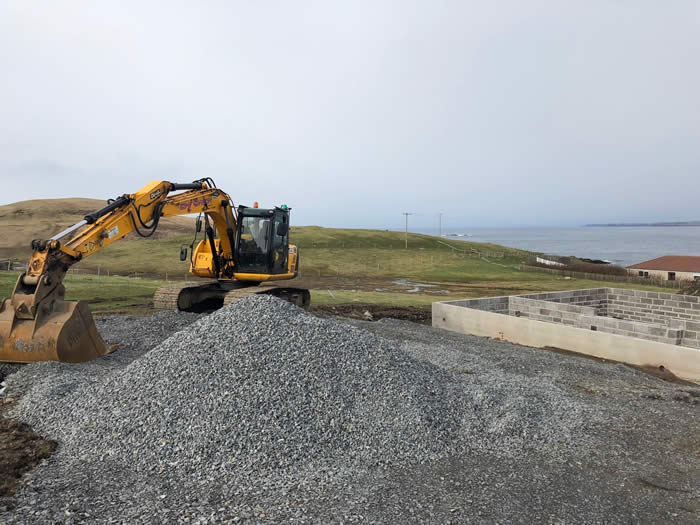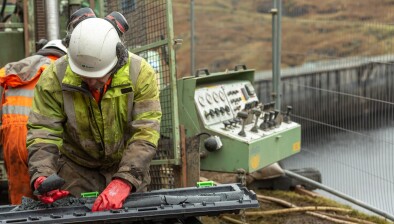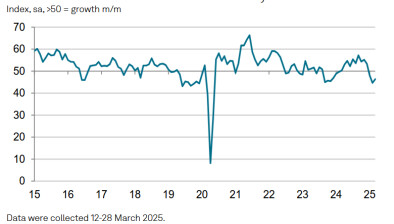UK construction sector hit by sharpest activity decline in over five years

The UK construction industry has entered the third quarter of 2025 on shaky ground, recording its steepest downturn in activity since the height of the pandemic in May 2020.
According to the latest S&P Global UK Construction Purchasing Managers’ Index (PMI), the sector posted a reading of 44.3 in July, down significantly from June’s 48.8, signalling a sharp and widespread contraction across all major areas of construction.
All three key subsectors - residential, commercial, and civil engineering - registered falling output in July. Civil engineering took the hardest hit, followed by a renewed and substantial drop in residential building activity. Commercial construction fared slightly better but still saw a marked decline.
Around 29% of surveyed firms reported reduced activity, citing factors such as project delays, a slowdown in new business, diminished client confidence, and reduced public sector work. This marked the seventh consecutive month of declining new orders, with the downturn in July being the most severe since February.
Joe Hayes, principal economist at S&P Global Market Intelligence, noted: “Forward-looking indicators from the survey imply that UK constructors are preparing for challenging times ahead. They’re buying less materials and reducing the number of workers on the payroll.”
The industry’s downward momentum is also being felt in staffing levels and supply chain activity. Employment declined for the seventh straight month, with companies freezing recruitment or choosing not to replace departing staff. Simultaneously, subcontractor use was reduced, yet subcontractor rates continued to rise sharply.
Material purchases fell again, though at a slower rate, and for the first time in six months, firms experienced delivery delays. Operating costs surged, driven by supplier price increases, although overall cost inflation eased slightly compared to earlier in the year.
Industry sentiment remains fragile. While there was a slight improvement in business confidence from June’s two-and-a-half-year low, expectations remain historically weak. A shortage of tender opportunities and general client hesitancy continue to stifle momentum.
Lynsay Turnbull, technical director at Thomas & Adamson, said: “It would appear that many of the challenges facing the construction sector have come to a head this month… ongoing geopolitical and macroeconomic uncertainty continues to weigh heavily. However, the end of summer often brings renewed momentum as teams refocus and drive towards year-end goals.”
Gareth Belsham, director at Bloom Building Consultancy, offered a blunt assessment: “There’s no sugarcoating it – this data will be tough to swallow for almost everyone in construction… Little wonder contractor confidence is weak and many firms are laying off payrolled staff.”
However, with the Bank of England expected to cut interest rates again, some analysts see hope for cheaper financing to support stalled development.
Despite the current slump, a degree of cautious optimism is emerging around long-term infrastructure investment. Brian Smith, head of cost management and commercial at AECOM, pointed to the newly announced Infrastructure Pipeline as a critical step forward.
“It provides the long-term certainty the sector needs… but the scale of what’s set out cannot be delivered without the right capacity in place. Labour shortages remain a challenge.”
The £530bn pipeline, comprising 780 public and private sector projects, is seen as a foundation for future growth. However, translating this opportunity into tangible progress will depend heavily on upskilling the workforce and improving industry capacity.













